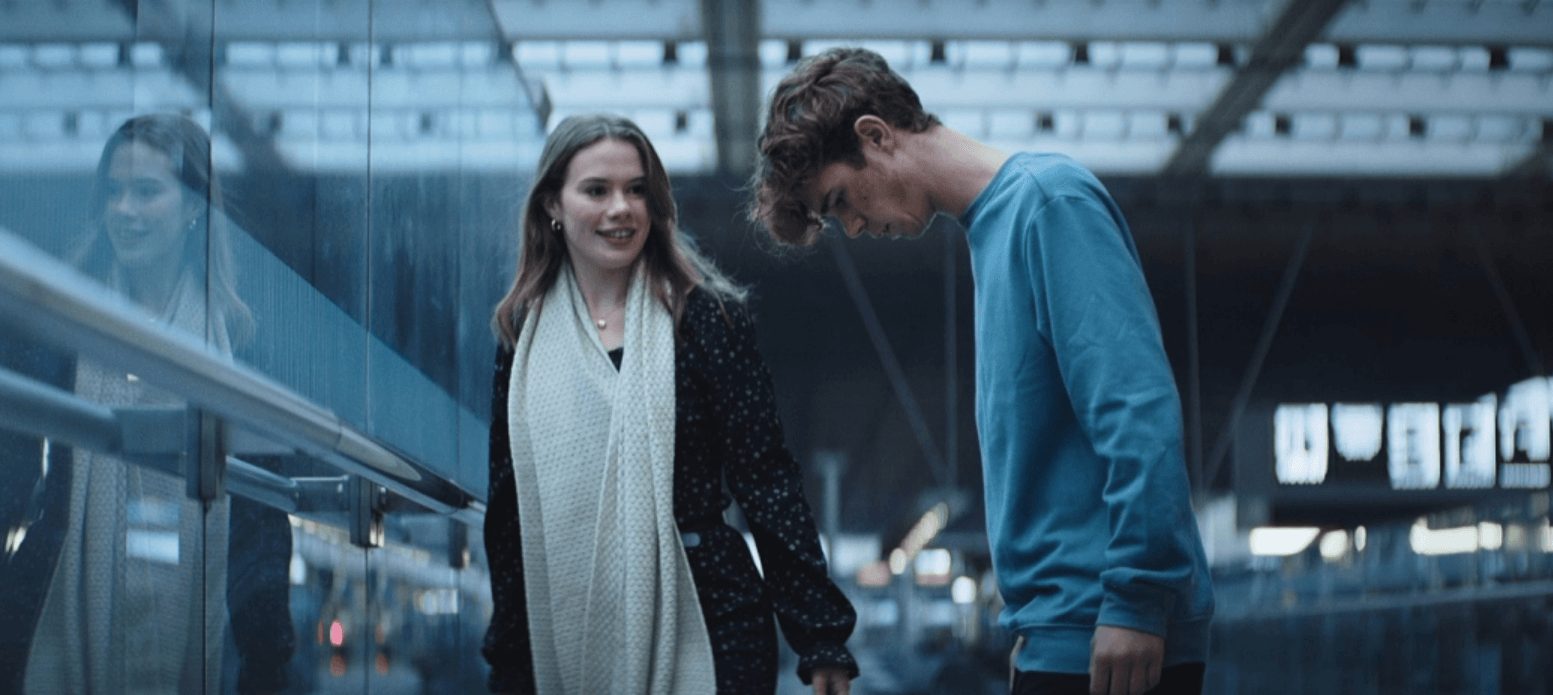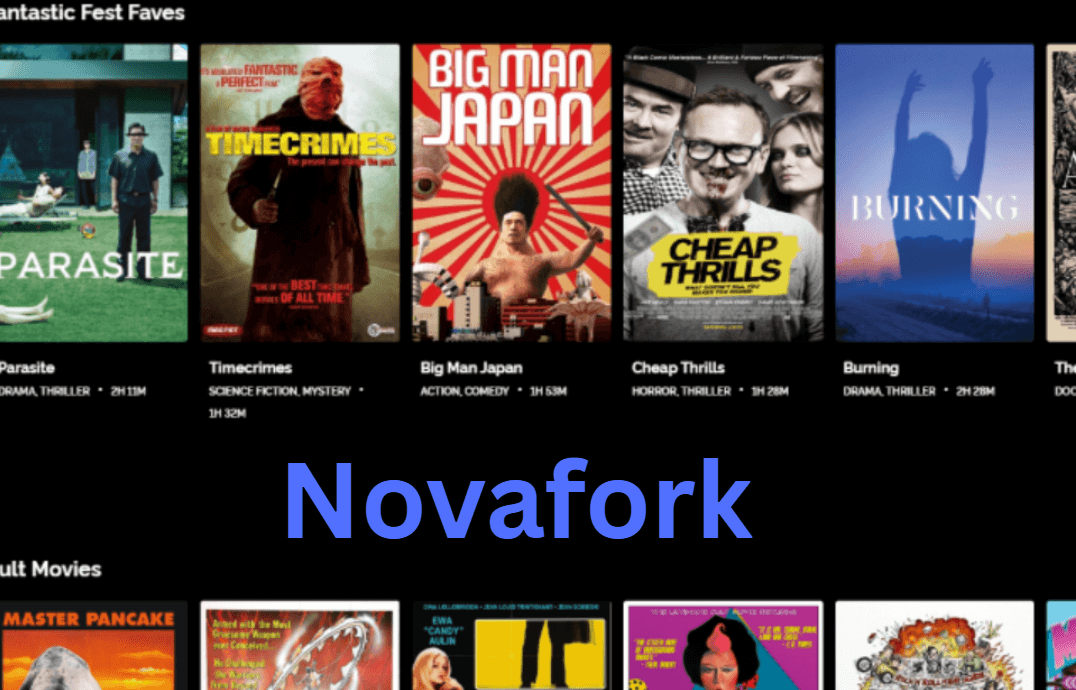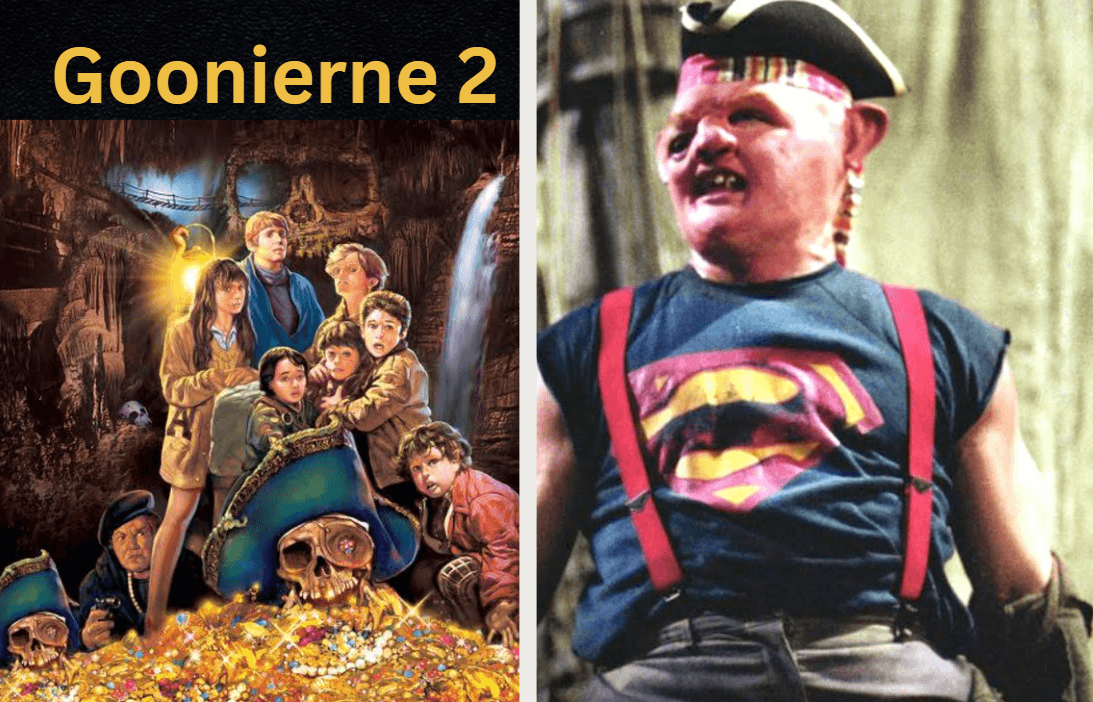In a cinematic landscape dominated by high-budget blockbusters and fast-paced narratives, “Trinou” (2022) stands out as a poetic and emotionally rich film that dares to move at its own pace. Directed with subtlety and grace, this quiet indie drama follows Omar, a frail and introspective young boy, whose failing body traps him in isolation — until he discovers a magical escape in the form of his dreams. These aren’t ordinary dreams, but carefully constructed fantasy worlds, built entirely from the pages of magazines once gifted to him by his loving mother. At its core, Trinou is a meditative exploration of imagination, parental love, and the bittersweet transition from innocence to reality.
The World Through Omar’s Eyes
From the very beginning, Trinou immerses viewers into the world as seen through Omar’s perspective — a world both limited by his physical health and expanded infinitely by his mind. Omar is portrayed not as a helpless child, but as someone quietly powerful in his own right, forging his sanctuary through creativity. The magazines that once piled up in his room — filled with photographs of distant landscapes, celebrities, fashion, and art — become building blocks for a lucid dreamscape he controls.
The film employs delicate cinematography to portray Omar’s dual reality. The real world is shot in cold, desaturated tones, emphasizing the hospital visits, sterile rooms, and emotionally distant stepfather. In contrast, his dream worlds are warm, saturated, and full of movement. They pulse with colors and textures that mirror magazine spreads — surreal, idealized, and mesmerizing. These sequences are not just artistic flourishes; they are windows into Omar’s soul.
A Mother’s Silent Devotion
Omar’s mother, played with quiet brilliance by an actress who conveys so much through minimal dialogue, becomes the emotional anchor of the film. Her relationship with her son is rooted in unspoken understanding — the type of bond that requires no dramatic declarations. She knows Omar’s limitations, yet refuses to let the world define him by them. Her simple gesture of handing him magazines is not just a distraction — it’s a form of liberation, a way to gift him places he’ll never physically visit.
This maternal connection forms the emotional backbone of Trinou. The film subtly critiques the tendency of adults to suppress rather than nurture imagination. When Omar’s stepfather — practical, overbearing, and emotionally detached — insists that she stop encouraging their son’s delusions. The mother’s response is not confrontational, but quietly radical. She listens to her heart rather than authority, and in doing so, she makes a choice that changes both her life and Omar’s forever.
Escapism as Resistance
One of the most powerful themes of Trinou is the idea that escapism can be a form of resistance, not weakness. In many stories, characters who retreat into dreams or fantasy are portrayed as avoiding life. But here, Omar’s dreams are a way to reclaim agency in a world where he has none. They are not escapes from reality, but expressions of his deepest truths — his longing, his resilience, and his creativity.
Director and screenwriter (whose name remains under the radar, typical of indie circles) skillfully blurs the line between dream and reality throughout the film. At times, viewers themselves are unsure whether they’re watching a moment from Omar’s inner world or the real one. This deliberate ambiguity reflects a deeper philosophical question. If the dream world feels more real than the physical one, who’s to say which is more valid?
There’s a particularly haunting sequence near the midpoint of the film where Omar imagines a utopia made entirely of collage art — a city built from magazine clippings. Where people speak in headlines and emotions are conveyed through fonts. It’s visually stunning, but more importantly, it reveals how deeply he’s internalized the language of media and transformed it into something personal and profound.
Minimalism That Speaks Volumes
One of Trinou’s greatest strengths lies in its minimalist storytelling. There are no heavy-handed explanations, no long monologues spelling out character motivations. Instead, the film leans into visual storytelling, where a glance. A lingering shot, or the sound of a turning magazine page conveys more than dialogue ever could.
This minimalist approach extends to the script as well. Much of the film unfolds in silence, accompanied by a subtle ambient score that never overpowers the emotion. The sound design deserves special mention — every creak of the floor, every rustle of paper, feels intimate, grounding viewers in the tactile reality of Omar’s world.
This approach will not appeal to everyone. Some may find Trinou slow or overly abstract. But for those patient enough to listen, to watch, and to reflect, the film offers a deeply moving experience that lingers long after the credits roll.
The Climactic Choice: Letting Go or Holding On
The emotional climax of Trinou hinges not on action, but on a choice — one made jointly by mother and son. When the stepfather forces a confrontation, pressuring the mother to give up the magazine ritual, the moment is tense but understated. Rather than argue, mother and child communicate in silence. That night, they pack a bag. The film’s final act takes place in a quiet countryside location, far from the sterile environment of Omar’s previous life.
This final setting is symbolically important. Nature replaces synthetic pages, and real landscapes replace imagined ones. Suggesting that while imagination fueled their survival, it’s now time to create something tangible from it. The ending is open-ended, leaving viewers unsure of what lies ahead for Omar. But it’s hopeful. The dreamer has not been defeated — he has simply found a new canvas.
Critical Reception and Legacy
Though Trinou didn’t receive a wide theatrical release, it was well-received in independent film festivals, especially in European and Middle Eastern circuits. Critics praised its intimate storytelling, dreamlike visuals, and emotional restraint. Several outlets compared it to the works of Terrence Malick, Hirokazu Kore-eda, and even the poetic realism of Krzysztof Kieślowski.
Viewers who discovered the film often shared deeply personal reactions, particularly those who’ve dealt with chronic illness, childhood isolation, or familial emotional distance. In online communities, Trinou has become something of a hidden gem. A film that’s quietly passed from viewer to viewer like a whispered secret, cherished for its honesty and artistry.
Conclusion: A Film Worth Dreaming About
In a world increasingly driven by noise, spectacle, and overstimulation, Trinou offers a necessary pause. It reminds us of the transformative power of imagination, the importance of emotional connection, and the courage it takes to defy what others call “realistic.” Omar’s story is fictional, yes, but it is deeply human. It speaks to anyone who has ever felt trapped, misunderstood, or alone — and shows that even in silence, there is power.
Whether you watch Trinou for its visual beauty, emotional depth, or philosophical resonance. One thing is certain: it will stay with you. Like a magazine clipping pasted into a mental scrapbook, it becomes part of you A quiet reminder that dreams, however fragile, can shape the future.



